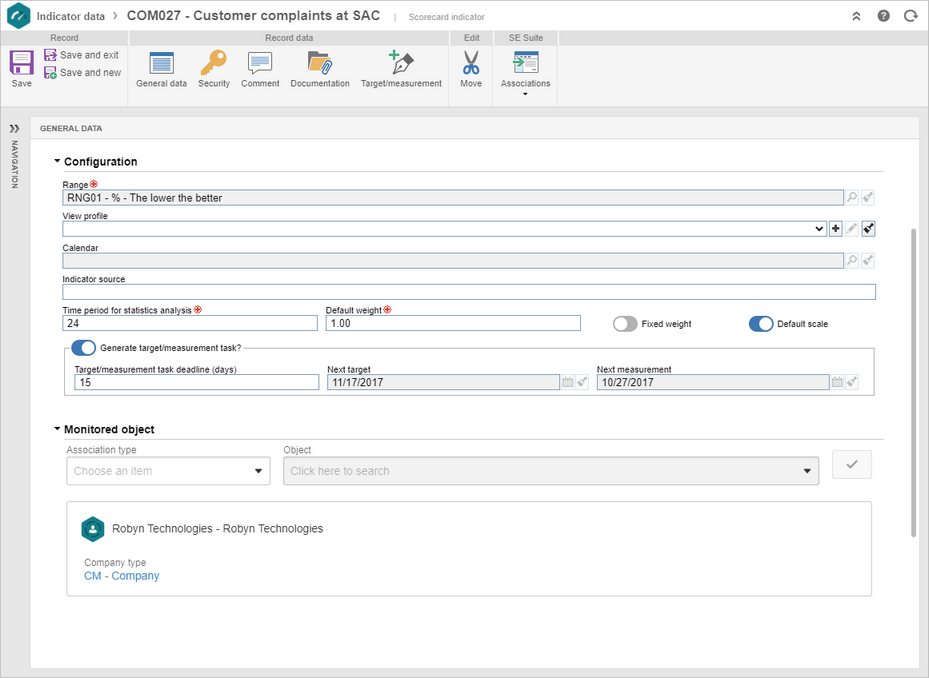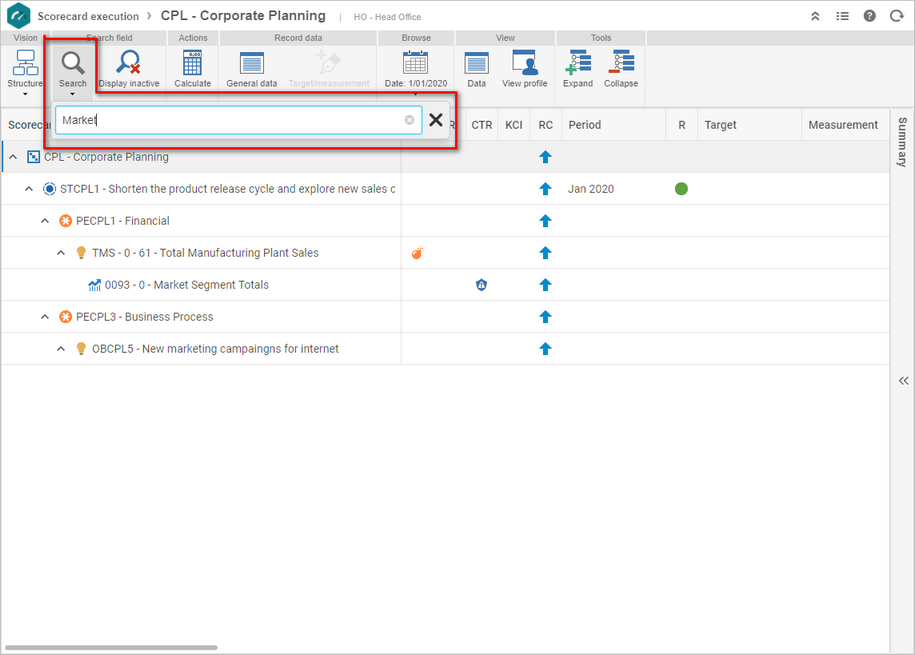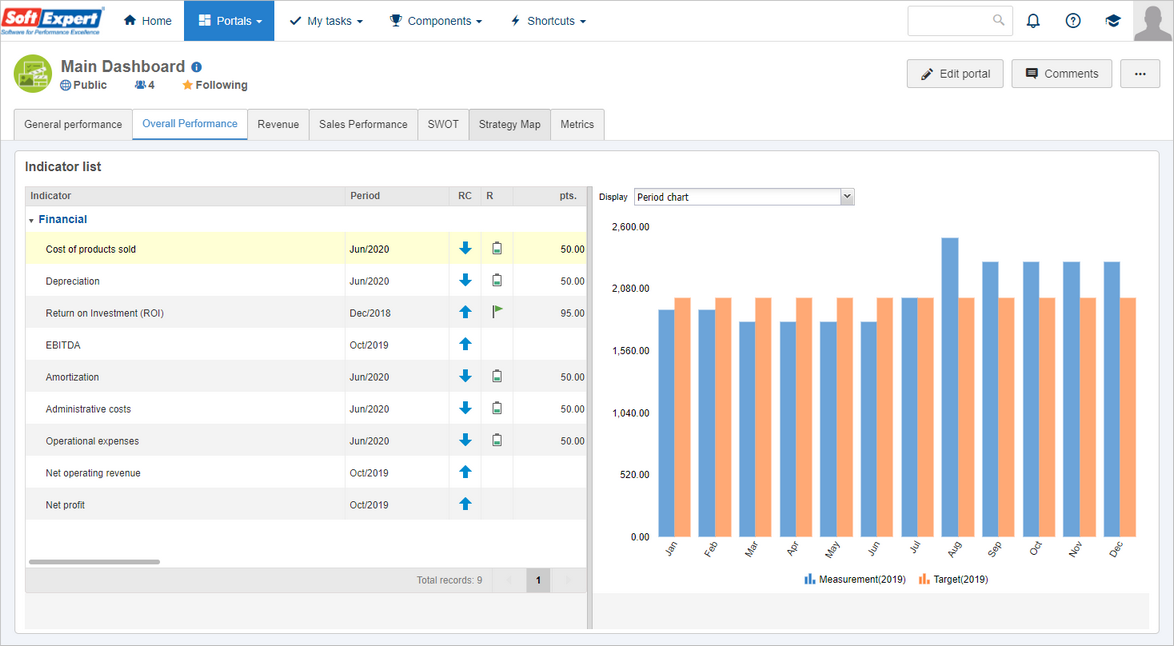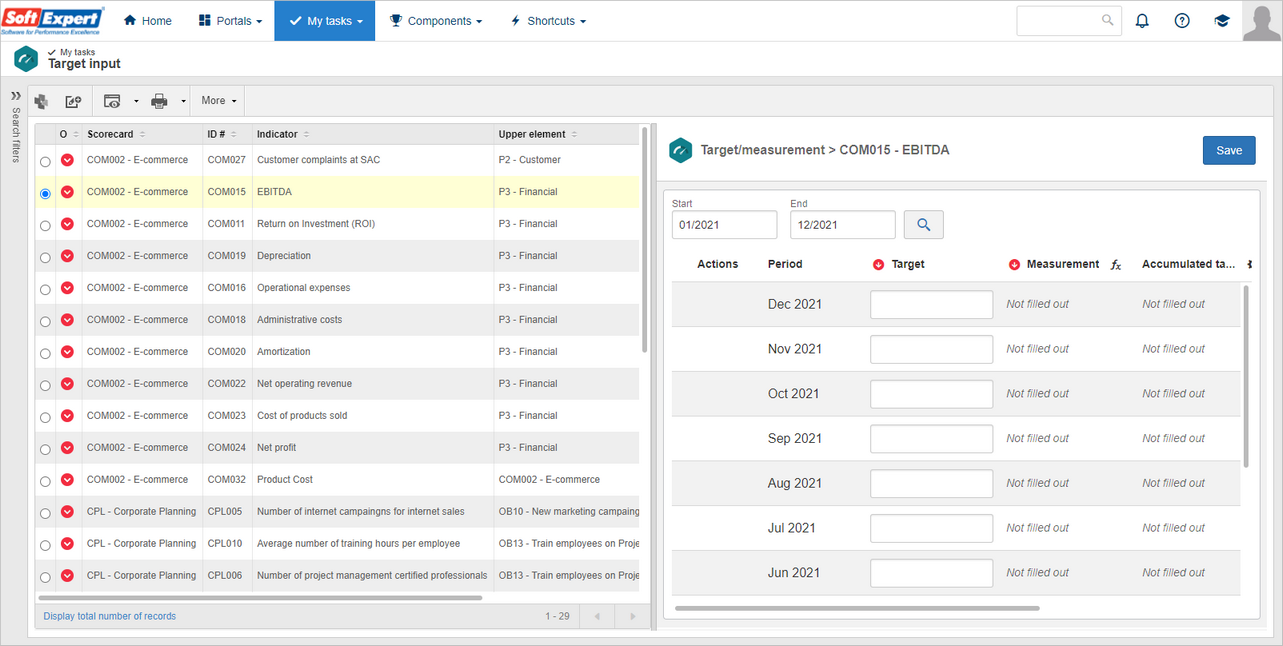
From this version onwards, as preparations for future changes in the chart component, the possibility to use 3D charts has been removed. |
Translation of Scorecards, Strategy maps, and Range items
The translation of the names of scorecard structure items, strategy map items, and range items has been made available. This way, in searches, execution, and portals, when the user views one of these items, the information will be in their language, if there are any entered translations.
Allow sorting indicators in comparative analyses
The possibility to change the order of the indicators to be displayed in the comparative graph analysis has been implemented.
Object being monitored by the indicator
The information regarding which objects are being monitored by the indicator has been highlighted. Currently, it may be customers, suppliers, and projects.
Indicator as attribute
Scorecard indicators have been made available as attribute options.
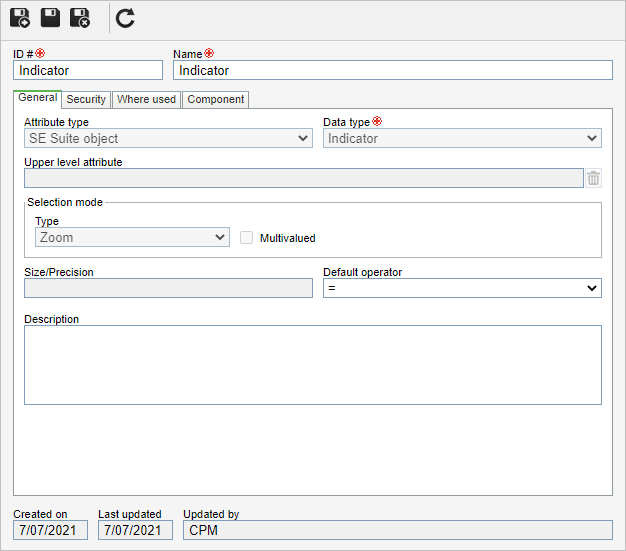
Measurement unit for additional fields
In the additional field data, it is now possible to enter an exclusive measurement unit to differentiate from the indicator measurement unit in searches, reports, and charts.
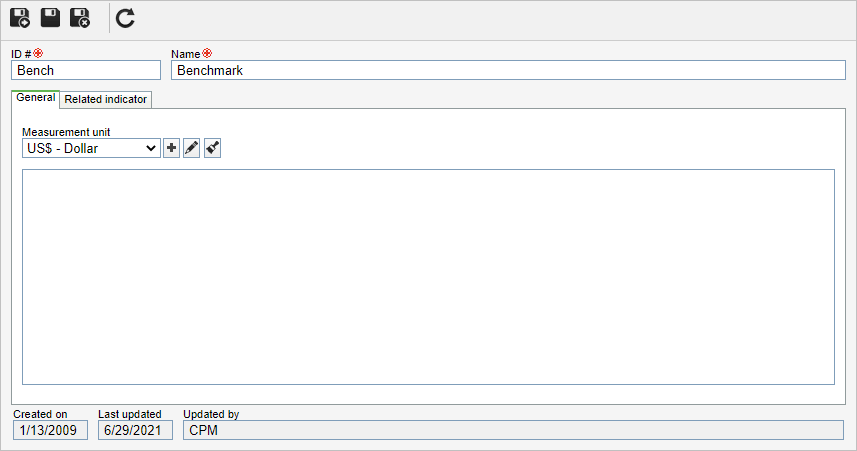
Search filters in the scorecard structure
In the scorecard structure visions, including the scorecard widget, it is possible to search for elements/indicators by their names.
Security for Not Applicable (NA)
It is now possible to set a specific security to define which users will be able to check the period of an indicator and not applicable (NA).
Sub-indicator sorting
The possibility to sort the sub-indicators of an indicator has been added, even if they are not displayed in the scorecard structure, for the same sorting to be applied when viewing the details of the upper level indicator.
Display measurements of the previous year in the view profile
The measurement, accumulated measurement, and accumulated measurement 2 columns of the previous year have been made available in the view profile.

Second quadrant in the indicator list widget
From this version onwards, it will be possible to configure the widget to display a second quadrant, in which further information of the indicators selected in the listing will be displayed.
Allow entering target/measurement values through the task menu
Viewing the selected indicator target/measurement screen has been added to the target task and the measurement task so that the values can be entered in the task listing itself, without the need to open another window.
Second accumulation fields and additional fields made available in the range formula
In the range formula, it is now possible to use the second accumulation target and measurement values, as well and the additional fields and their accumulations.
Use of dynamic accumulation of the indicator made available for additional field formulas
For additional field formulas, it is now allowed to use the dynamic accumulation function, using the target and measurement series and the indicator values of the accumulated.
HIGHEST and LOWEST functions in the formulas
Two new functions, HIGHEST and LOWEST, have been made available in the formulas, respectively returning the highest and the lowest value of the value series sent through a parameter.
Previous versions
View also the improvements made to this component in previous versions:
